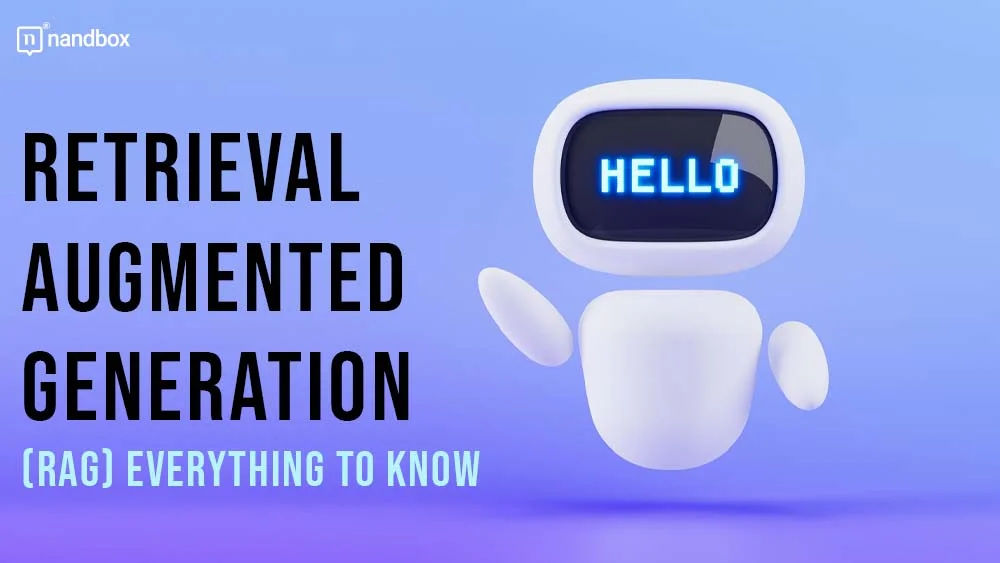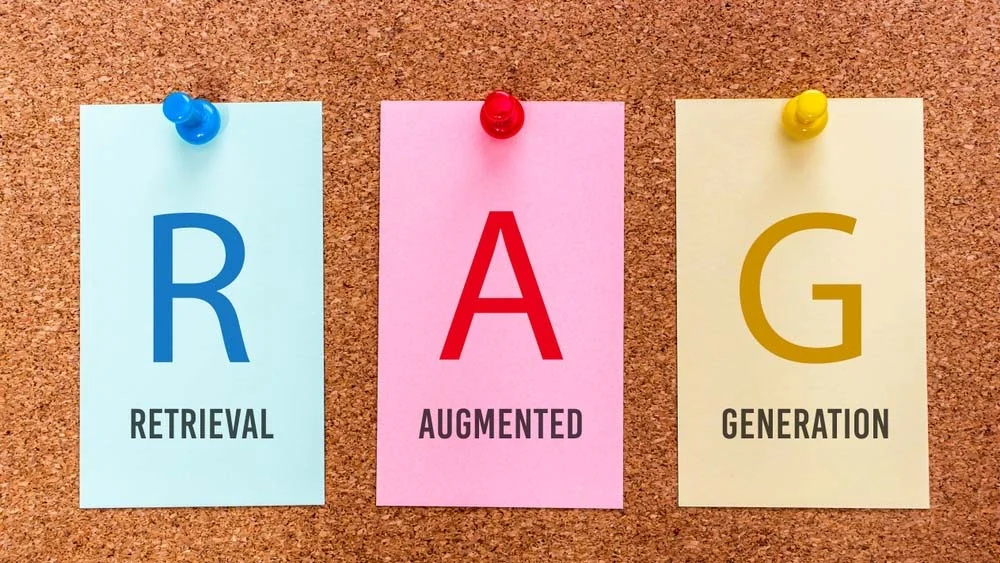Even those most robustly skeptical of the latest technological advancements have now had to accept that generative AI is going to have epoch-changing effects on most if not all, businesses. The question is no longer if you should be using generative AI at work, but how. Unsurprisingly, this is not a simple question. Generative AI has fantastic general knowledge thanks to the enormous dataset it is trained on. But for it to be useful, you want it to have a proper understanding of your business and all the things that make it unique. It’s a bit like how your latest Ivy League hire is great, but still can’t match up to the veteran employee. That’s where retrieval augmented generation (RAG) comes in.
Where Did RAG Come From?
The somewhat unflattering acronym RAG first appeared in a 2020 paper written by a team of researchers from University College London, New York University, and Facebook’s (now Meta) AI Research team. The team was looking into ways to make large language models better at knowledge-specific tasks. In other words, they were trying to make LLMs more useful in more contexts. Instead of fine-tuning the model for each specific task, they might need to work on, the team suggested a general recipe for retrieval-augmented generation, or RAG.
What is RAG?
RAG acts as a supplementary knowledge base that the LLM can access. This is in addition to everything it’s learned from its training data. This can be thought of as an open textbook for the system to refer to when being asked very specific questions, as explained in MongoDB’s guide to ‘What is Retrieval Augmented Generation(RAG)?’. This means generative AI applications built with an RAG system can give accurate answers to specific areas that might not have been found on the internet. For example, documentation specific to your company. As detailed in Techicago’s blog ‘Innovate with AI: Transform Proprietary Data into Business Value with RAG’, the potential for this is huge.
It means these generative AI applications can access up-to-date information. One of the key obstacles with generative AI apps is that there is a cut-off in their knowledge base. However, RAG offers a solution. This means you can leverage the incredible analytical capabilities of generative AI on things like stock market fluctuations.
How is RAG Being Used?
The potential applications of RAG in business are myriad. As listed in Global Guru’s article ‘Improving Business Operations with Retrieval Augmented Generation (RAG): A Beginner’s Guide’.
RAG can significantly advance an LLM’s question-answering ability, and many businesses are already using it to do just that. In areas like legal research, where the data is vast and incredibly specific, RAG can be used to massively accelerate initial searches.
RAG can also be used to add personal context to a search. Searching for information is one thing, but when you’re on the hunt for something to explain a condition specific to you. For instance, a medical issue—there’s a lot of person-specific data that seriously changes the context of the search. Because RAG can safely and securely augment the application’s search with personal information. It can return results that are relevant to the user instead of a generic overview.
This also allows businesses to use RAG for much more effective customer-service chatbots. Instead of parroting back one of several pre-planned responses, generative AI applications powered by RAG can consider previous conversations. This includes the user’s purchase history or other details specific to the user.
Perhaps most excitingly, you can use RAG to help your employees and customers learn. RAG can allow generative AI systems to become experts in your business by giving them access to company-specific documentation. But it can also turn the application into an effective teaching assistant. This is through using the individual’s real-time actions to offer corrective guidance as the user works.
Final Words
If you’d like to learn more about the best applications to help with learning, check out our post ‘Top 5 Best Study Apps for Students’.
Whether you use RAG to train your employees, spot lucrative opportunities, or keep your customers happy,. It is a technological innovation that turns generalist AI into an expert on what you do.




